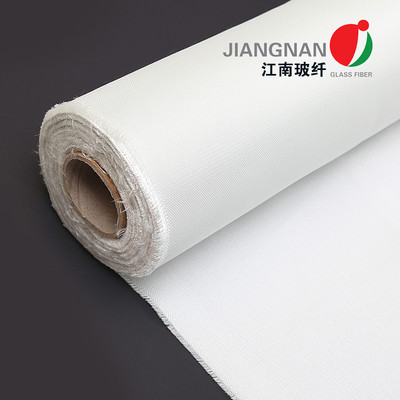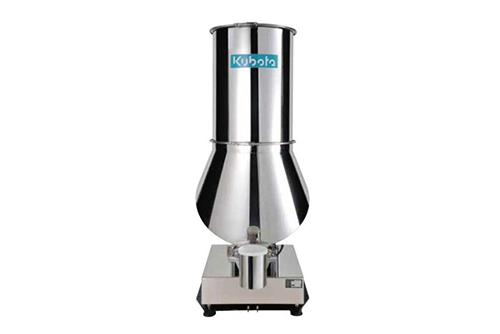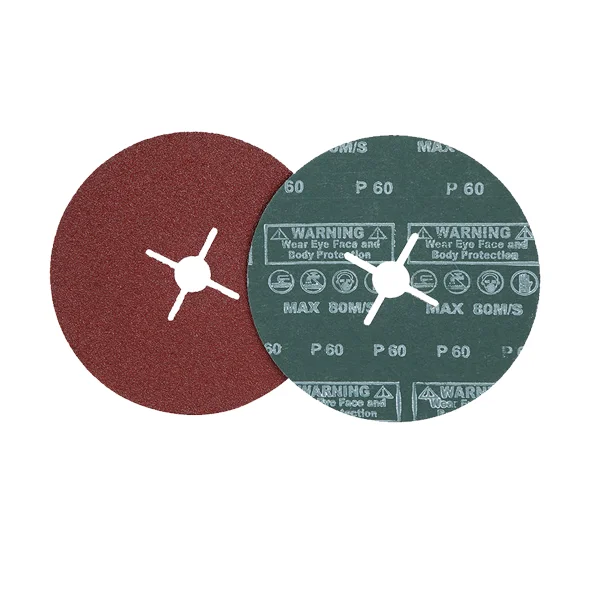In the realm of lighting technology, LED lights have revolutionized the way we illuminate our surroundings. With their energy efficiency, long lifespan, and versatility, LED lights have become the go-to choice for various applications. However, amidst the vast array of LED lights available, which one can be considered the strongest? In this article, we will delve into the intricacies of LED lights, exploring their power capabilities and shedding light on the factors that determine their strength.
- Understanding LED Light Intensity:
LED light intensity is a crucial factor in determining its strength. Intensity is measured in lumens, which quantifies the amount of visible light emitted by the LED. The higher the lumens, the brighter the light. However, it is important to note that intensity alone does not define the strength of an LED light. - Power Output and Wattage:
To comprehend the true strength of an LED light, one must consider its power output and wattage. Power output refers to the amount of electrical power consumed by the LED light, while wattage measures the rate at which the LED light converts electrical energy into visible light. A higher power output and wattage indicate a stronger LED light, capable of illuminating larger areas with greater intensity. - The Role of LED Chip Technology:
The strength of an LED light is heavily influenced by the quality and design of its LED chips. LED chips are the core components responsible for emitting light. Advanced chip technologies, such as Cree or Philips Lumileds, offer superior performance, ensuring higher light output and efficiency. When selecting the strongest LED light, it is crucial to consider the reputation and reliability of the LED chip manufacturer. - Heat Dissipation and Durability:
An often overlooked aspect of LED lights' strength is their ability to dissipate heat effectively. Heat buildup can significantly impact the performance and lifespan of an LED light. High-quality LED lights incorporate efficient heat sinks and thermal management systems to ensure optimal performance even under prolonged usage. The strongest LED lights are engineered to withstand harsh environmental conditions, making them durable and reliable. - Application-Specific Considerations:
The strength of an LED light can vary depending on the intended application. For instance, LED lights used in industrial settings, such as high bay lighting, require higher intensity and power output to illuminate large spaces effectively. On the other hand, LED lights used in residential settings may prioritize energy efficiency and color rendering index (CRI) for a comfortable ambiance.
Conclusion:
In the quest for the strongest LED light, it is essential to consider various factors such as light intensity, power output, chip technology, heat dissipation, and application-specific requirements. By understanding these aspects, one can make an informed decision when selecting the most powerful LED light for their specific needs. Remember, the strength of an LED light goes beyond mere lumens; it encompasses a combination of technical specifications and design considerations to provide optimal illumination.








+ There are no comments
Add yours